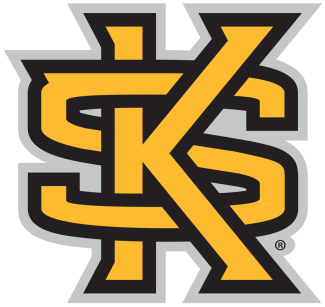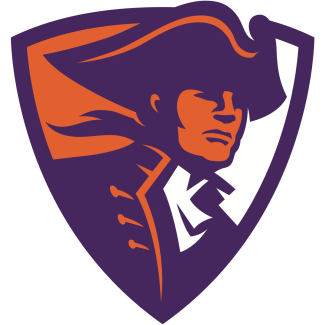“The money they saved by receiving the grant was used to support other programs in Portland with free training for any coach in the city,” said Bruce Griffin, director of US Lacrosse’s Center for Sport Science. “That’s a commendable example of leadership and the unity of the lacrosse community.”
As part of its arrangement with US Lacrosse, Sunset committed to providing AEDs for all tournaments and jamborees in which it participates.
“We wanted to make sure that these devices are out there as much as possible,” Johnson said. “We don’t want to just stick them in a closet.”
US Lacrosse provided eight AED units for TVYL teams. In return for its leadership in acquiring these AEDs, Sunset makes a simple request of its league brethren. “We ask them to spend some money from their budget on a safety-related initiative, and we ask them to develop an emergency action plan, just as we did,” Johnson said.
Sunset’s proactive approach has not gone unnoticed. “They have taken this on as their mission,” Porterfield said.
US Lacrosse’s Player’s Pulse initiative raises the funding needed for the AED grants, and fuels the national governing body’s commitment to making the sport safer for all.
“With the support of visionary donors, we can work to guarantee that there is an AED on site to reach every victim within the critical four-to-six-minute window for survival,” said Michael Cather, vice president and chief relationship officer at US Lacrosse. “We have the technology to save people’s lives.”
There is still more work ahead. Sunset plans to organize additional AED and CPR trainings and invest in newer equipment, such as goalie chest protectors that meet the NOCSAE performance standard ND200.
“We’ve had a great reaction from parents and our community by adding AEDs to our safety plan and getting them on the field where kids are,” Johnson said. “We’d like to do more.”


























































